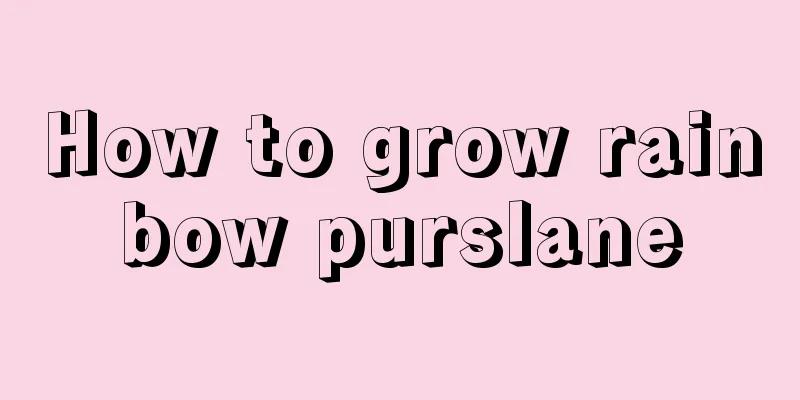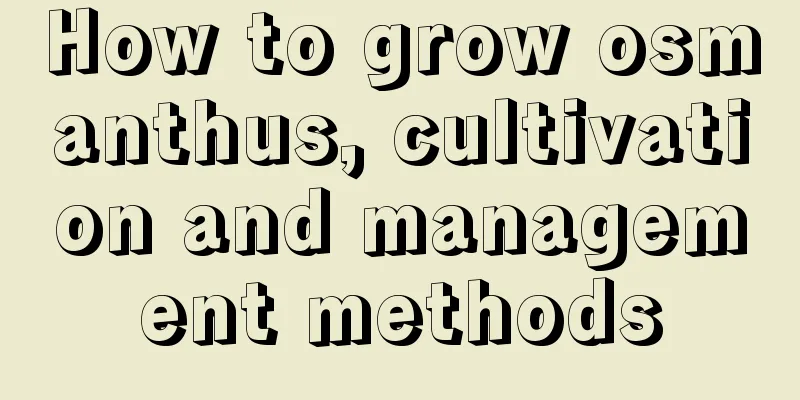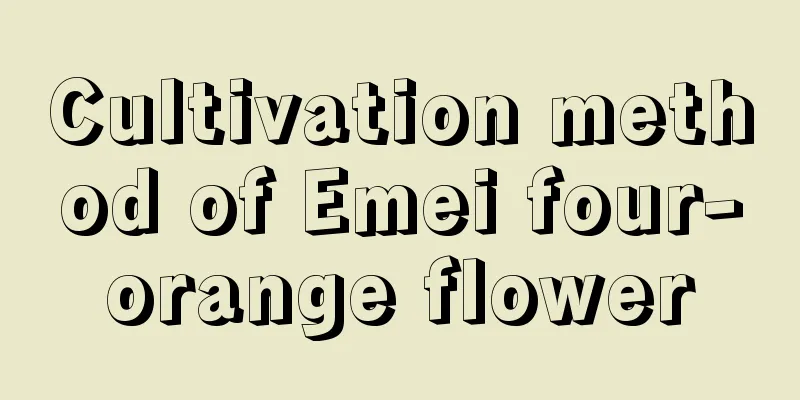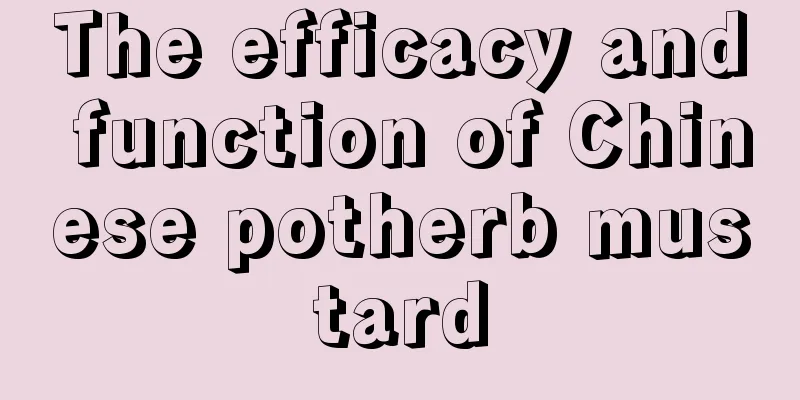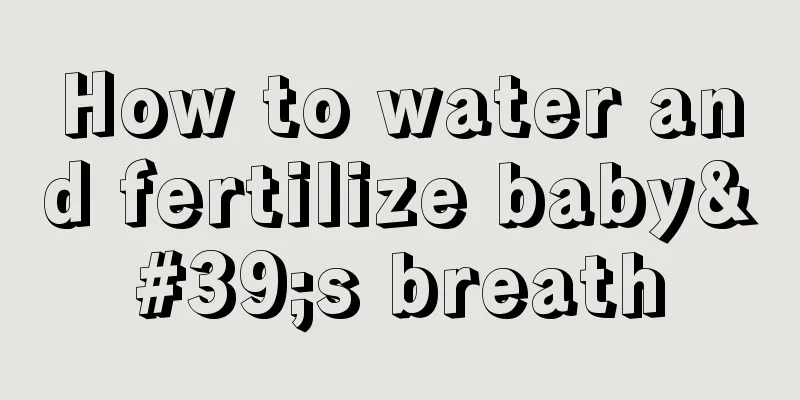How to grow cuttings
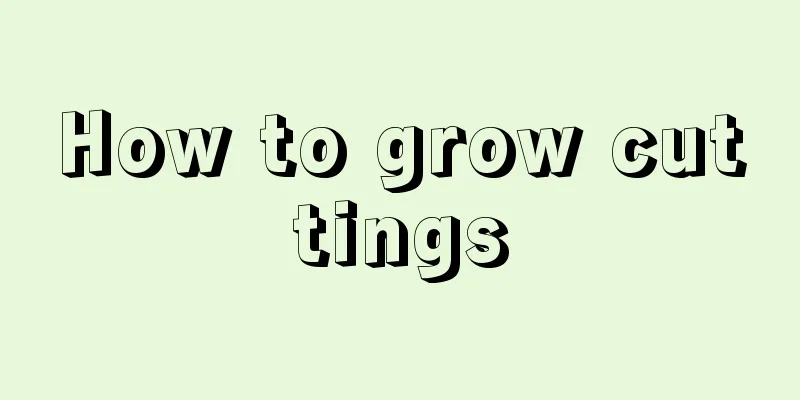
Seedling-shaped five-point harvestAfter the plant has rooted, depending on the variety and the size of the cuttings, you should first choose a small pot of 5 to 12.5 cm, and then change the pot once for maintenance according to the principle of changing from small to large. Usually, a gauze mesh is laid at the bottom of the flowerpot, and 1/3 of soil containing organic matter is put in. A small amount of slow-release fertilizer is added, and the seedlings are planted. The soil is filled to 80% to 90%. After compacting the soil, water it thoroughly to ensure that the roots are in full contact with the soil. After just 1 to 2 weeks in the pot, because the root system is relatively small, you need to ensure sufficient humidity. Some plants need to be covered with plastic bags to keep them moist and gradually moved to the sun for maintenance. Pinching promotes branchingDuring the growth stage of the seedlings, in order to ensure that the plants are full, it is necessary to pinch the seedlings and remove the top buds in time. After one pinching, 2 to 3 side buds can grow, and after a second pinching, 4 to 6 side buds can grow. For foliage and flowering plants, their ornamental value will be greatly improved. Note that after pinching, you should water the plant with a thin layer of fertilizer to ensure adequate nutrients to promote the growth of side branches. Plug tray seedlingsDuring the growth process of the seedlings, they are raised in plug trays or sponge blocks, which can provide sufficient growth space for the seedlings. After the seedlings are planted in the plug tray and grow slight roots, move the seedlings to a bright place and provide them with a small amount of light and a small amount of nutrients. But if roots grow and the seedlings can be easily taken out, it proves that the roots are well integrated with the soil and have grown into a mass. If you plant these soil balls with roots directly in flower pots, they will soon come to life. Because the seedlings have sufficient root systems, they can adapt to the environment quickly and have a good buffering ability against environmental changes. The survival rate of planting will be higher than that of ordinary cuttings. |
<<: When choosing flowers, first look at the indoor light
>>: Here's what you need to know about pruning
Recommend
Cultivation methods and precautions of Shixiantao
Water requirements When planting stone peach, you...
How deep should the fortune tree be planted, what should it be planted with, and how deep should the roots be planted
1. How deep should the seeds be planted? When pla...
Velvet flower cultivation methods and precautions
Velvet flower is not very difficult to grow. Duri...
Can I plant a sycamore tree at home?
Can I plant a sycamore tree at home? You can plan...
Where do cabbage seeds come from?
How to get cabbage seeds Chinese cabbage has seed...
Heshan District's scientific and technological experts went deep into the countryside to provide practical technical training to empower farmers and build a new chapter of sunshine income increase
From August 19th to August 25th, the 2024 Yiyang ...
Planting technology and cultivation management of Poria cocos
Poria cocos is a traditional Chinese medicinal ma...
Top 10 Most Shade-Tolerant Indoor Plants
1. Silver Queen The leaves of Silver Queen are ri...
How to prune dahlias
1. Pruning branches Prune dead and diseased branc...
Should I use a large or small pot for gardenia?
Should I use a large or small pot for gardenia? G...
How often should I water the longevity flower? Watering time and method
How often should I water the longevity flower? Wh...
Cauliflower's growing environment and local conditions
Cauliflower Growth Environment and Conditions Cau...
How often should I water the Dendrobium planted on wood?
Using wooden stakes to plant Dendrobium can save ...
The efficacy and function of myrtle
The ornamental value of myrtle Myrtle is evergree...
How to Germinate Rose Seeds
Rose seed germination Rose seeds that have been c...
